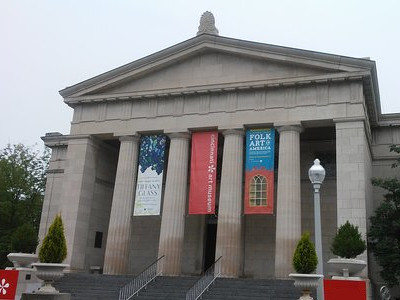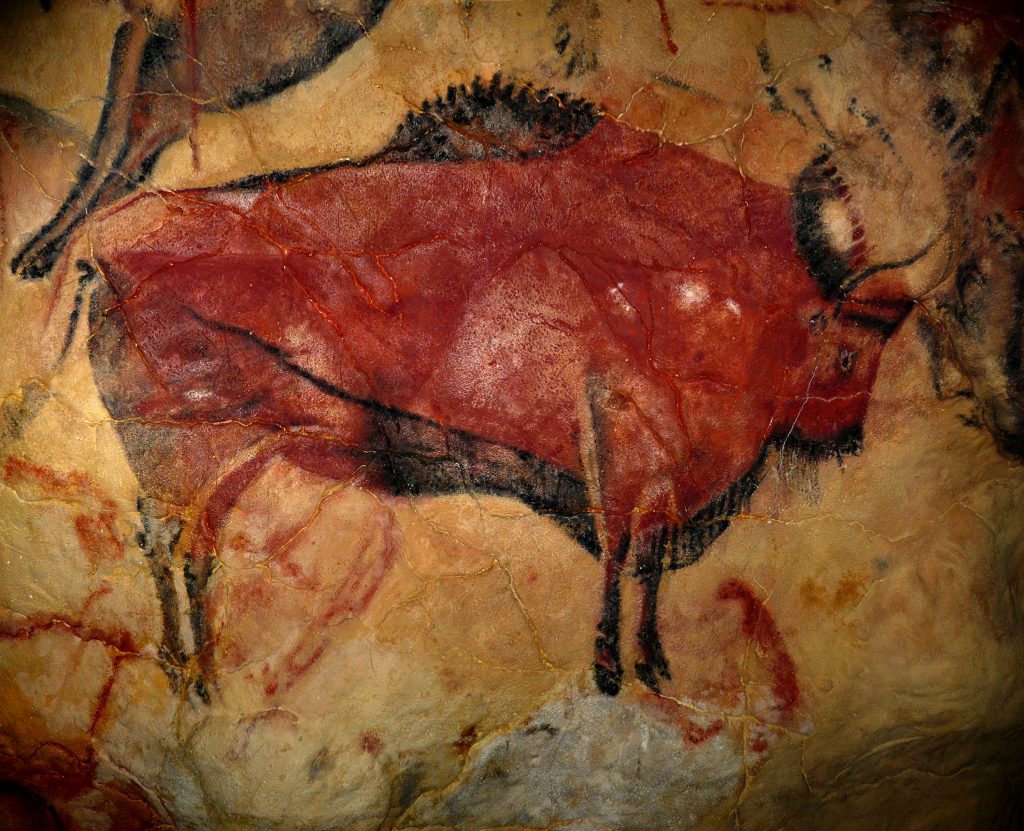Museum Basics
Museums are institutions that collect, preserve, interpret and display objects of artistic, cultural, or scientific significance for research, study, and educational purposes. Museums have varying aims, ranging from the conservation and documentation of their collection, serving researchers and specialists to catering to the general public.

Museum
The purpose of modern museums is to collect, preserve, interpret, and display objects of artistic, cultural, or scientific significance for the study and education of the public. Public museums typically make a portion of their collections available on public display in the form of exhibits which may be permanent or temporary. Even the largest museums typically only have a very small percentage of their collections available for public viewing, while maintaining vast collections which are only seen by curators or researchers.

Artifacts
An artifact, or artefact, is a general term for an item made or given shape by humans, such as a tool or a work of art, especially an object of archaeological interest. In archaeology, the word has become a term of particular nuance and is defined as an object recovered by archaeological endeavor, which may be a cultural artifact having cultural interest. Artifact is the general term used in archaeology, while in museums the equivalent general term is normally “object”, and in art history perhaps artwork or a more specific term such as “carving”.

Exhibits
An exhibition, in the most general sense, is an organized presentation and display of a selection of items. In practice, exhibitions usually occur within a cultural or educational setting such as a museum, art gallery, park, library, exhibition hall, or World’s fairs. Exhibitions can include many things such as art in both major museums and smaller galleries, interpretive exhibitions, natural history museums and history museums, and also varieties such as more commercially focused exhibitions and trade fairs.

Culture
Culture is an umbrella term which encompasses the social behavior and norms found in human societies, as well as the knowledge, beliefs, arts, laws, customs, capabilities, and habits of the individuals in these groups. Humans acquire culture through the learning processes of enculturation and socialization, which is shown by the diversity of cultures across societies.

Civilization
A civilization (or civilisation) is a complex society that is characterized by urban development, social stratification, a form of government, and symbolic systems of communication (such as writing). Civilizations are intimately associated with and often have characteristics such as centralization, the domestication of plant and animal species, specialization of labor, culturally-ingrained ideologies of progress and supremacism, monumental architecture, taxation, societal dependence upon farming and expansionism.

Humans
Humans (Homo sapiens) are the most abundant and widespread species of primate, characterized by bipedalism, large and complex brains enabling the development of advanced tools, culture, and language. Humans are highly social beings and tend to live in complex social structures composed of many cooperating and competing groups, from families and kinship networks to political states. Social interactions between humans have established a wide variety of values, social norms, and rituals, which bolster human society. Curiosity and the human desire to understand and influence the environment and to explain and manipulate phenomena have motivated humanity’s development of science, philosophy, mythology, religion, and other fields of knowledge. Although some scientists equate humans with all members of the genus Homo, in common usage it generally refers to Homo sapiens, the only extant member which emerged around 300,000 years ago.

Prehistory
Prehistory is the period of human history between the use of the first stone tools by hominins c. 3.3 million years ago and the invention of writing systems. The use of symbols, marks, and images appears very early among humans, but the earliest known writing systems appeared c. 5000 years ago and it took thousands of years for writing systems to be widely adopted. In some human cultures, writing systems were not used until the nineteenth century and, in a few, are not even used until the present. The end of prehistory therefore came at very different dates in different places, and the term is less often used in discussing societies where prehistory ended relatively recently

History
History is the study of the past. Events before the invention of writing systems are considered prehistory. “History” is an umbrella term encompassing past events as well as the memory, discovery, collection, organization, presentation, and interpretation of these events. Historians seek knowledge of the past using historical sources such as written documents, oral accounts, art and material artifacts, and ecological markers. History also includes the academic discipline which uses narrative to describe, examine, question, and analyze past events, and investigate their patterns of cause and effect.
| Return to Education | Go to Museum Sciences |
